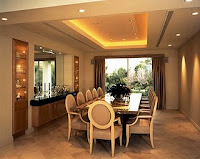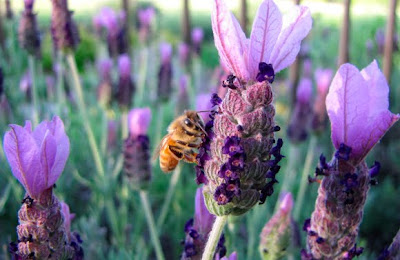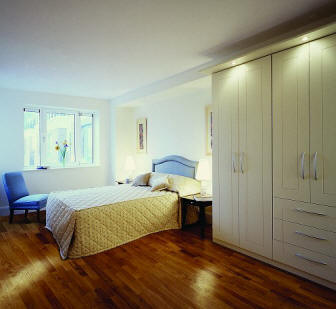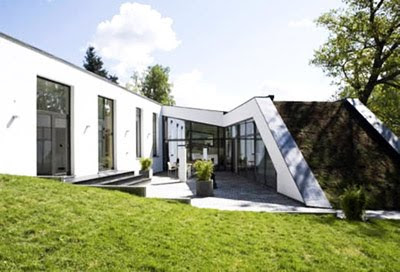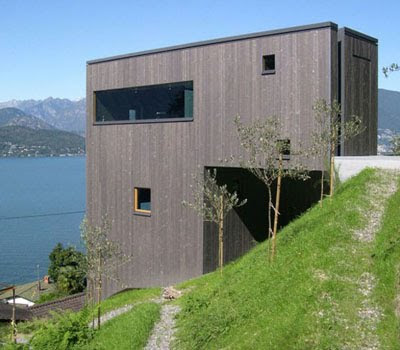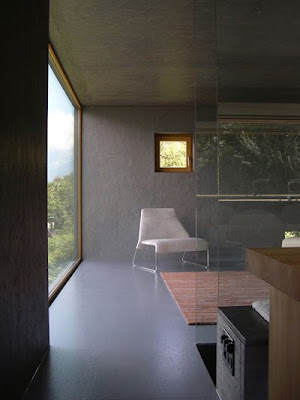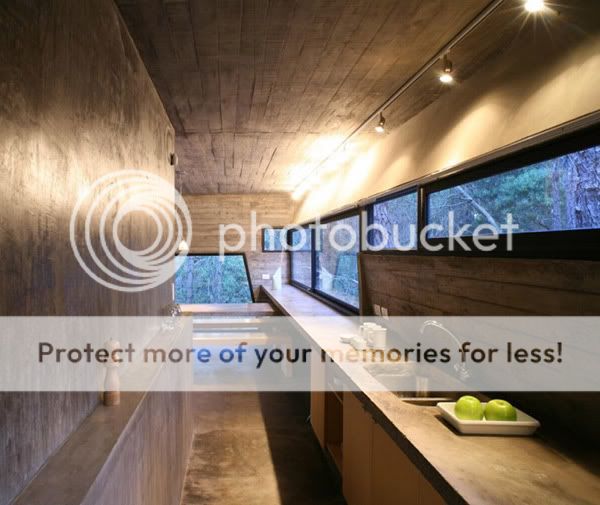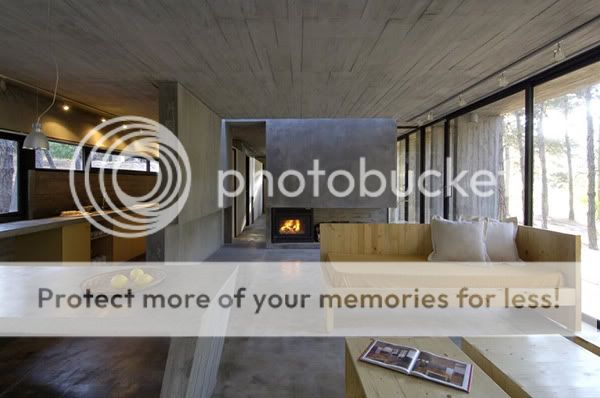Now, I can reflect on all the beautiful flowers in the garden, captured in photos but unable to fully enjoy in the unbearable heat.
The "other" blooms in my garden often take a backseat to grand-stand performances of agastache, bee balm, coneflowers, coreopsis, nepeta and salvia. While the blooms of these "other" plants are more limited, they fill significant niches in my garden.
The "Emerald Isle" (photo below) beside my stone walk is still a work in progress. The ground covering hardy ice plant (delopserma cooperii) is a good match for the mounding betony (stachys hummelo).
Over the last four years, the two perennials have been filling in the space between the stone walk and the dry stream, beneath the high canopy of a crepe myrtle 'Tuscarora'. In spite of the tree, this spot receives a pounding by the sun on the southwest side of the house. Zones 5-9 can grow the ice plant in xeric conditions; Zones 4-8 can grow the betony; full sun. Both are deer and rabbit resistant, although there is the occasional sampling of a betony bloom.
Balloon flower (platycodon grandiflorus; photo below) is an edger along a section of cottage garden path, adding color when the azaleas fade. I've long lost the label for the exact variety of the perennial balloon flower! This is an "out of sight, out of mind" perennial that has been under-appreciated until recently. I am determined to collect seeds this year to sow with shasta daisies, so I've not deadheaded for rebloom. Zones 3-8; part sun; doesn't like to be transplanted after established.
The balloon flower (second photo below) mingles well with rose campion (far right pink), perennial heliotrope 'Azure Skies' (ground cover at bridge), garden phlox (pink bloom in middle).
I have a love-hate relationship with the unknown variety of chaste tree (vitex agnus-castus; photo below was shot in the evening light, making the blooms appear more blue).
I love the flowers, color, form factor and the fact that bees and butterflies are drawn to it. Therefore, I will not be without this tree. The chaste tree grows in my butterfly garden with St. John's Wort 'Sun Pat' (hypericum), bee balm 'Jacob Cline' (monarda didyma) lantana 'Miss Huff', bronze fennel, milkweed (asclepias tuberosa and incarnata), agastache, salvia, verbena and coreopsis.
What I hate are the hundreds of seedlings that sprout below since I can no longer reach the top to deadhead or cut back the tree. I also planted a 'Shoal's Creek' variety in my meadow above the butterfly garden. This variety has an even more lovely bloom and I've not had a seedling problem. However, that one isn't planted in rich garden soil!
I have trained the unknown chaste tree so that there is a trimmed-up trunk, but it can also be treated like butterfly bush with a late winter shaping. Zones 6-9; full sun; drought-tolerant and can be used for xeriscapes; deer resistant.
Last, but not least, are my daylilies. Once upon a time, I had quite a daylily (hemerocallis) collection at a previous home. Here, with limited space inside the cottage garden fence, I grow two re-blooming varieties, the lovely yellow 'Happy Returns' and the pale yellow-white 'Joan Senior'.
 I had grouped these daylilies together for a yellow garden bed. However, hot summer droughts were parching the foliage. I am in the process of moving the daylilies to another location with more moisture and less sun.
I had grouped these daylilies together for a yellow garden bed. However, hot summer droughts were parching the foliage. I am in the process of moving the daylilies to another location with more moisture and less sun.The yellow blooms look great with perennial heliotrope 'Azure Skies' and the cobalt blue blooms of Brazilian sage.
Daylily foliage is eaten by rabbits in early spring and the blooms are eaten by deer in the summer. So, I won't invest the money or the effort in growing any exotic varieties. Zones 4-10; sun to partial shade.
Although these plants haven't been given much attention, I would be hard-pressed to garden without their presence.
| Words and photos by Freda Cameron, Defining Your Home, Garden and Travel. Deer and rabbit resistance varies based upon the animal population and availability of food. All company or product or patented names mentioned are registered trademarks, copyrights, or patents owned by those respective companies or persons. |




